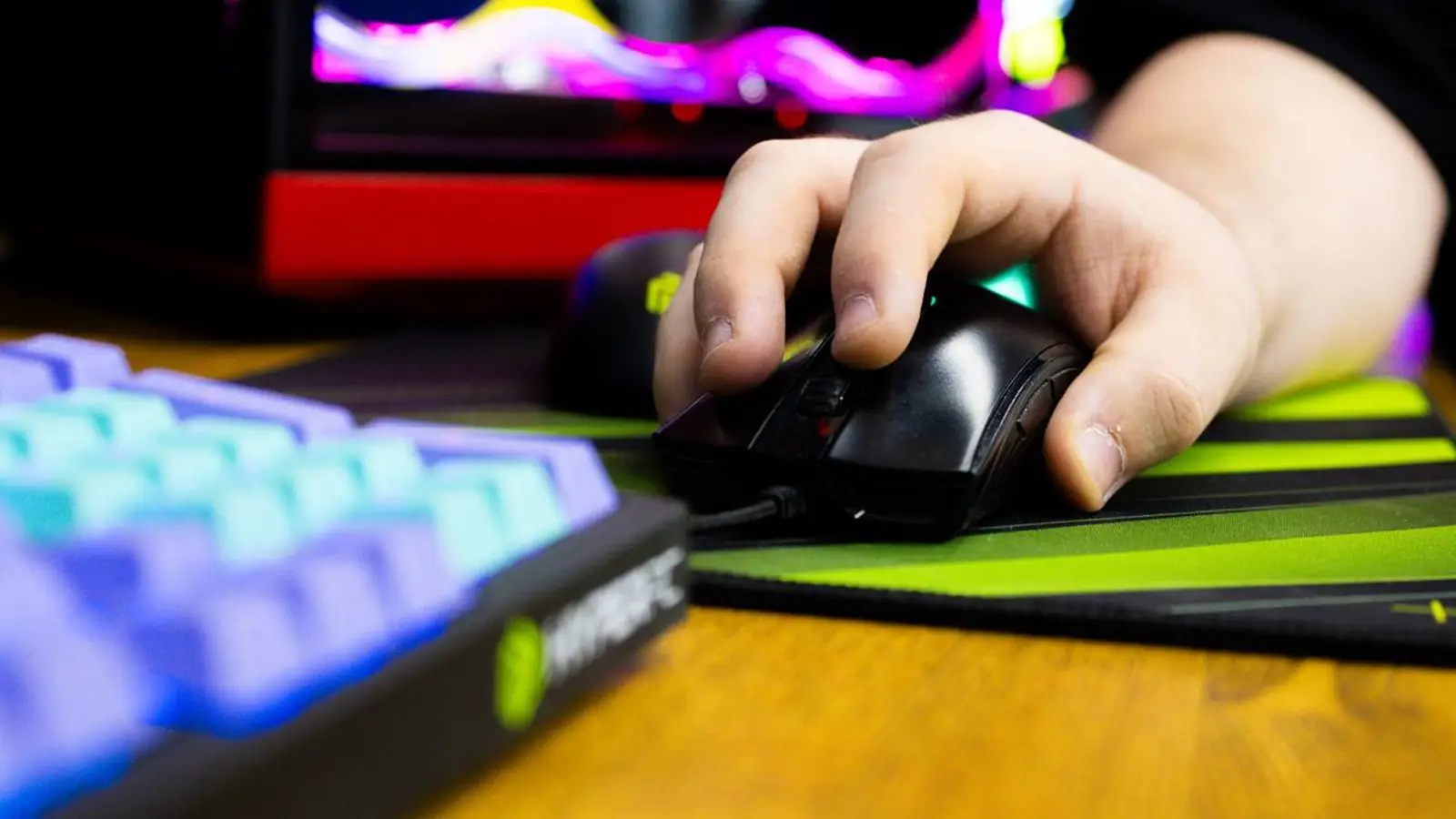How a YOLO-powered gaming exoskeleton hit Aimlabs’ top ranks
Nik Zetta built a YOLO vision exoskeleton with Nvidia Jetson to steer the mouse and fire, cutting latency to 17 ms and climbing Aimlabs’ top ranks globally.
Nik Zetta built a YOLO vision exoskeleton with Nvidia Jetson to steer the mouse and fire, cutting latency to 17 ms and climbing Aimlabs’ top ranks globally.

© A. Krivonosov
Blogger and engineer-enthusiast Nik Zetta, known for the Basically Homeless channel, has built an unusual device—an exoskeleton designed to sharpen aim in video games. His goal was to see whether a robotic system could lift accuracy and reaction to a level out of human reach.
The exoskeleton includes three core parts: a motorized wrist to steer the mouse, a solenoid mechanism that takes over pressing the button, and a computer vision system that identifies on‑screen targets. To process the data, Zetta used an Nvidia Jetson board and a YOLO model he trained himself.
After a string of setbacks with wiring, encoders, and latency, the developer managed to drive response delay down to 17 milliseconds. That made it possible to react to targets almost instantly, and ultimately the device helped Zetta take second place on Aimlabs’ global ranking.
Zetta describes the project as part joke and part serious robotics experiment. He also maintains that it isn’t cheating, but rather an exoskeleton meant to serve as a fair stand‑in for the human eye. As proofs of concept go, the result feels persuasive—and it raises a quiet question about where human skill ends and assistive machinery begins.